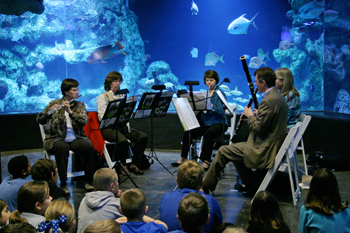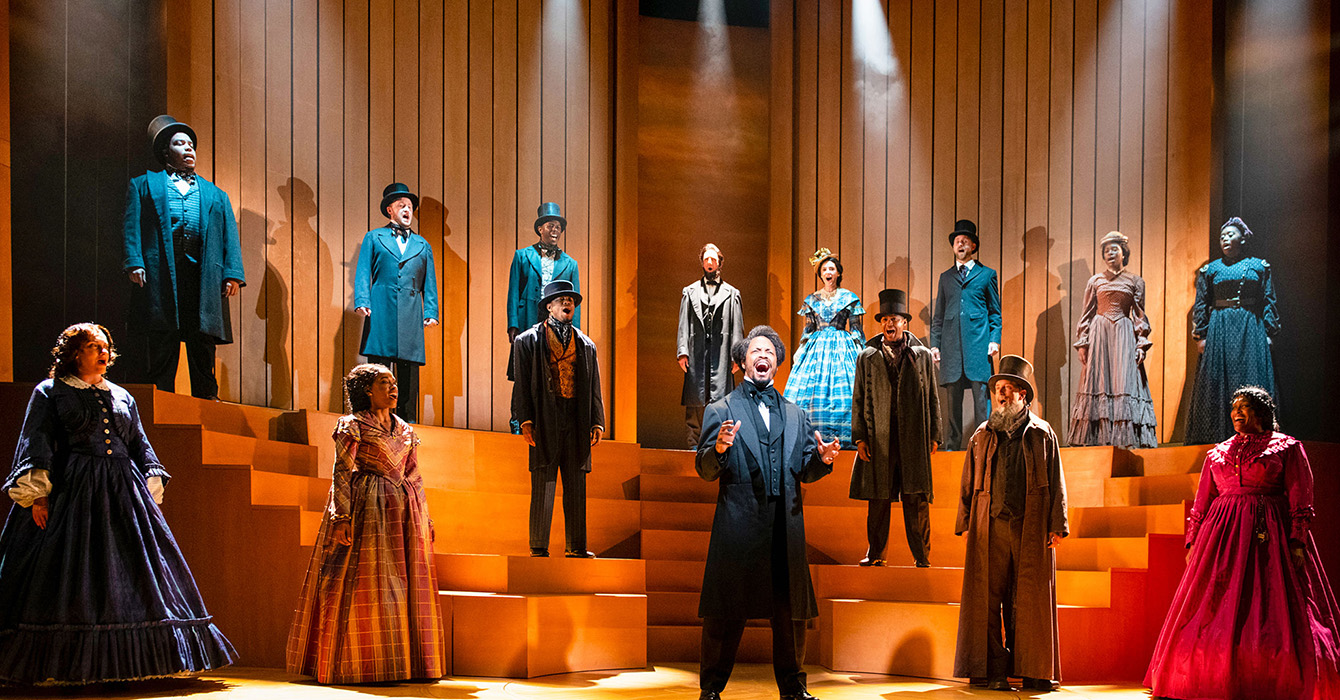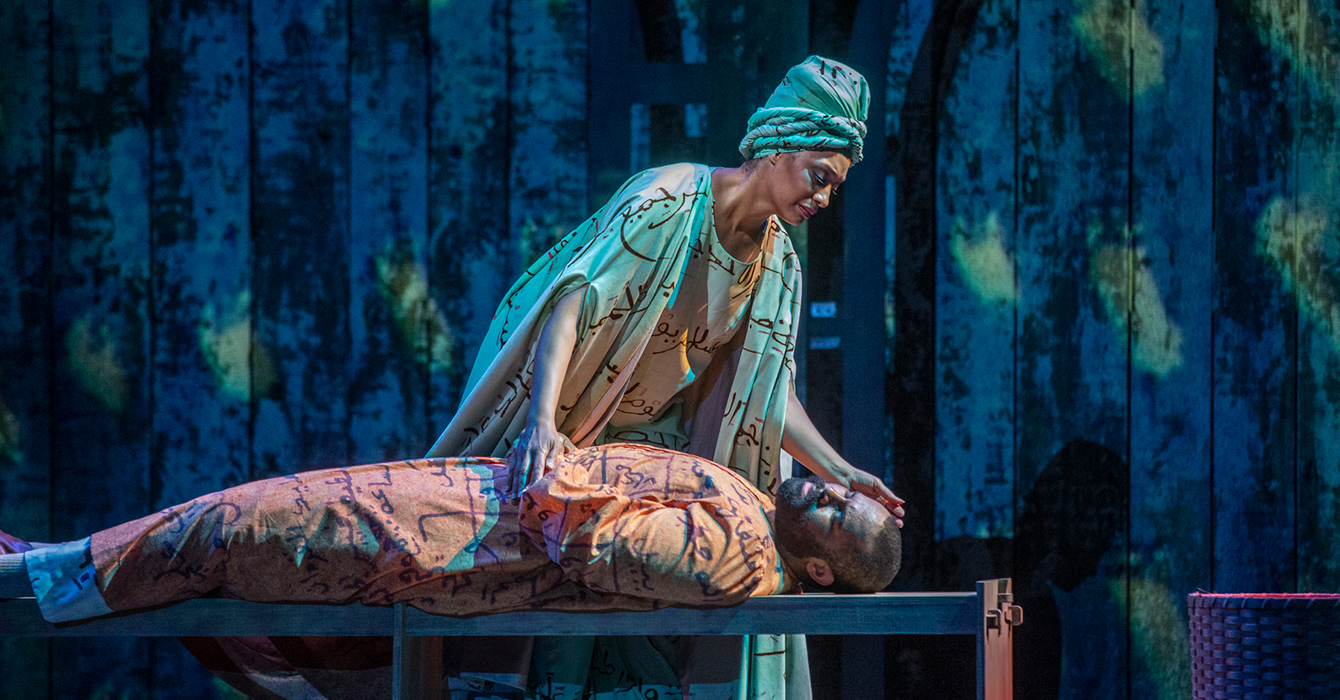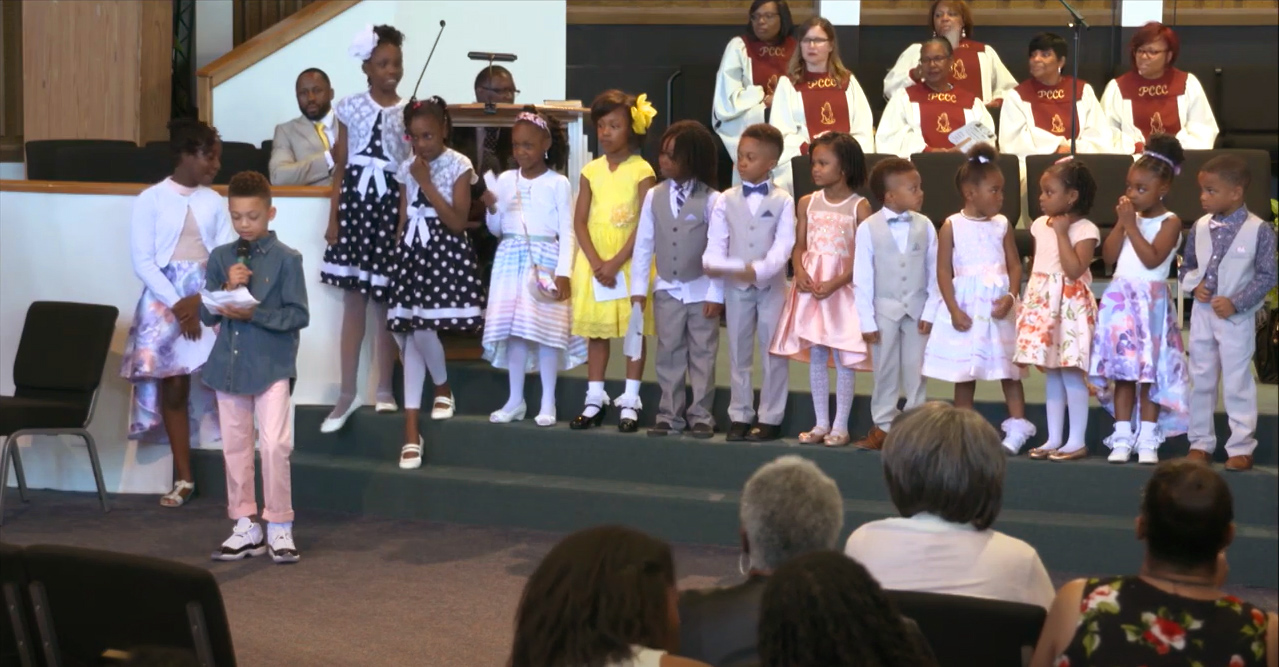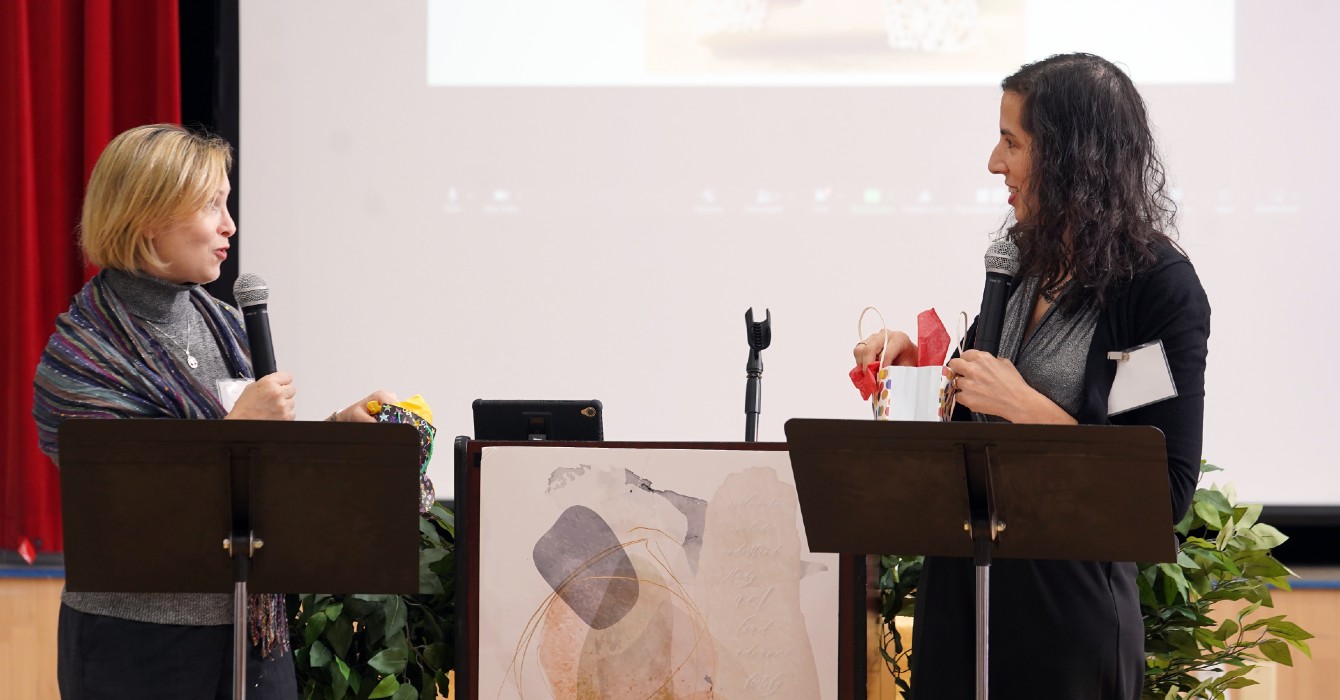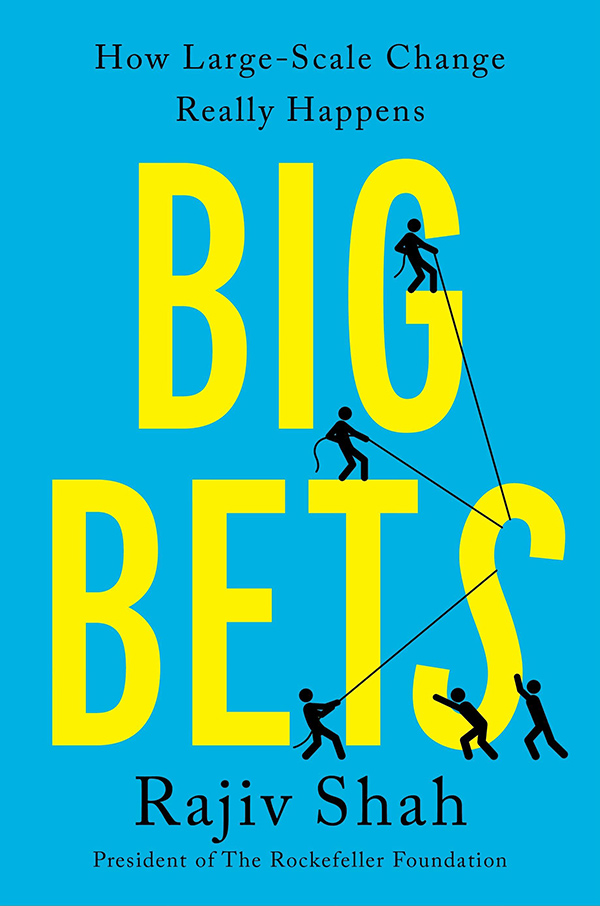Ken Busby is a gifted storyteller. Funny, articulate and animated, the Tulsa Symphony Orchestra board president can spark a conversation with just about anyone.
But on one March evening in 2008, even Busby was left speechless.
He, along with an audience of hundreds of other people, had gathered at the Tulsa Performing Arts Center to hear the Tulsa Symphony Orchestra perform Gustav Mahler’s Symphony No. 5. The sweeping, emotional work had never been performed in its entirety in Tulsa.
Conducted by Benjamin Zander, a Mahler specialist, the performance was a feat of sound and scope. By the end of the concert, the audience, the musicians and the conductor were exhausted.
“At the end …, there was this collective moment where nobody breathed,” he said. “You could just feel that the entire audience -- I’m getting chills thinking about it -- was holding its breath. We were all there with the conductor and the symphony, and we were all one.”
Then came the reaction.
The audience rose to its feet. The applause continued for eight minutes -- the longest ovation ever recorded at the Tulsa PAC. Even more amazingly, the spectators were praising an orchestra that just three years earlier hadn’t existed at all.
“Nobody wanted [the performance] to end,” Busby said. “It was over and we applauded, and nobody wanted to leave the hall. The doors opened, and we all just sort of stood there. It was magical.”
Emerging in 2005 in the wake of the defunct Tulsa Philharmonic, TSO reflects an innovative model developed by a retired neurosurgeon who couldn’t bear to live in a city without its own symphony orchestra.
TSO’s model, which includes the integration of musicians at every level, deep involvement in the community and increased transparency, has led to a thriving organization that has proved sustainable, even through the recent recession.
Ron Predl, TSO’s executive director, said the traditional approach to orchestra governance can create division between the organization and the community. This may manifest in conflict between the musicians and the board of directors or in the orchestra’s lack of engagement with the community.
“To the people in the community, it doesn’t seem to have the value for them,” Predl said. “When the community doesn’t see you as contributing and participating, then there’s very little that you can do to have people support your organization.”
A city without an orchestra?
Incorporated in 1898, Tulsa rose to fame in the early 1900s thanks to the nearby Red Fork and Glenn Pool oil gushers, earning the city its reputation as the “Oil Capital of the World.” That oil-boom legacy led to a proliferation of arts and culture in the city, which boasted its own ballet, opera and, for 50 years, the Tulsa Philharmonic.
Questions to consider
Questions to consider:
- There were signs that the Tulsa Philharmonic’s 1940s-era model was not working some 10 years before its demise. What mindsets within the organization may have contributed to the inability to save it?
- Those who led the drive to create a new model for TSO had to convince stakeholders that an orchestra is worth their support and time. What lessons about their approach might apply to your organization?
- TSO’s musicians are doing work outside the traditional scope of their jobs in order to allow the orchestra to pursue its core mission, which is music. What changes in the use of training, talent and time will be necessary for your organization to continue to pursue its mission?
- TSO has used many forms of capital to remake its organization. Even if your organization is lacking in money, are there other forms of capital it can draw upon?
In the past two decades, however, the orchestra encountered troubles. In the mid-1980s, the Tulsa Philharmonic faced a strike -- or lockout, depending on whom you ask -- followed by bankruptcy in the 1990s and finally cessation of operations in September 2002.
The Philharmonic did not exit with a round of ovations. Rather, it left subscribers and donors without refunds, vendors without essential revenues, and hundreds of musicians without jobs.
“When the cessation occurred, it could not have been scripted to alienate more people than it did,” said Tim McFadden, a former member of the Tulsa Philharmonic and the current TSO orchestra manager.
Dr. Frank Letcher, a retired neurosurgeon and Tulsa Opera board member, was concerned that Tulsa no longer had an orchestra. Although some in the community wondered whether Tulsa could support its own symphony orchestra, Letcher was committed to devising a structure that the city could afford, according to a 2006 article in TulsaPeople magazine.
Letcher partnered with McFadden, who soon realized that the new Tulsa orchestra could not operate like a traditional classical music organization. Under Letcher’s vision, this pioneering organization would involve musicians in a “much more experimental and efficient manner,” McFadden said.
“The idea that Frank had was to incorporate musicians into all aspects of the organization so it removes a sense of ‘we’ and ‘they’ and creates more of an environment of ‘us,’” McFadden said.
Soon McFadden was working in a makeshift office in one of Letcher’s exam rooms, researching other orchestras and their approaches to determine how to make this vision a reality.
In October 2005, TSO was born. In December, McFadden was meeting with Tulsa Ballet leadership to try to rebuild the relationship damaged when the Philharmonic folded. He learned that the ballet had invited a star dancer to perform but planned to use taped music. McFadden seized the opportunity, and at a charge of just $1, TSO was set to regain its position as the ballet’s accompanist.
But there was still work to do.
Rebuilding trust
When TSO emerged, one of its first goals was to rebuild the trust of people in the community who had supported the previous organization -- a long process, McFadden said, that included rebuilding relationships with former subscribers, donors and partners, and convincing all involved that TSO’s model would be a sustainable one.
In May 2006, TSO held a free concert for former Philharmonic subscribers, followed by a mailing to determine whether they would consider subscribing to TSO, McFadden said.
“I do believe it helped begin building trust, but that takes a long time,” he said. “It was not an easy fix.”
Predl agrees.
“People have serious questions, and you have to have serious answers,” Predl said. “And you not only have to show that you think you have an answer on paper; you have to show that you have an answer practically, that in fact you have a system that’s going to work. And as you continue to build your history and it’s a successful history, then people feel more comfortable supporting you.
“And I’m very happy to say, we’ve made a lot of progress.”
Busby, who is also executive director of the Arts & Humanities Council of Tulsa, an umbrella organization for 58 groups that promotes arts and culture, helped in reestablishing the orchestra’s relationships with donors. He said that not refunding donors and season subscribers after the Philharmonic disbanded had left a “bad taste” in Tulsans’ mouths.
By contrast, TSO now banks the money from tickets or sponsorships for particular concerts, holding those funds until the concerts actually take place. As a result, if a concert were cancelled or TSO’s future came into question, all sponsors and season-ticket subscribers would receive full refunds.
“We really are operating within our means,” Busby said. “And I think that has really demonstrated to the donor community our absolute commitment on our part to make this work.”
The orchestra’s budget has been in the $1.4 million range for the past three years but will increase by 12 to 15 percent for the 2011-2012 fiscal year to support an increase in performances and services as requested by audiences, Predl said.
The organization is also working to obtain more diverse support, Busby said, broadening its donor base so it is not dependent on any one entity.
David J. Hyslop, who has more than 40 years’ experience in arts management and now serves as interim president for the Dallas Symphony Orchestra, worked with TSO to develop its structure and make connections with the community. He also conducted the national search that resulted in Predl’s hiring.
Hyslop said a key message he shared with TSO leadership was, “Don’t grow just to grow,” a mistake other orchestras have made. To remain viable, TSO had to operate within its means. Accordingly, it has maintained an orchestra of 75 musicians, on average, and a staff of eight.
“In a way, it’s unfortunate, in the sense of some of the musicians wanted to do more,” he said. “But I’ve learned that if you make the orchestra greater than what the community wants, they won’t fund it.”
He said TSO’s model has benefits and challenges. For example, while matching musicians with staff positions in which they have experience can be hard, TSO’s focus on more fully incorporating musicians into decision making creates accountability and a sense of ownership.
“Usually, what happens in an orchestra is … the conductor basically picks the repertoire, but then the musicians don’t have any responsibility besides playing,” he said. “And in this model, they do. If it doesn’t sell, when they pick the repertoire, there’s no conductor [to blame]. If it’s not selling, they’ve got to look at it.”
McFadden, Predl, and all of the musicians and board members affiliated with TSO know that, in the end, it’s all about the music. And when TSO takes the stage at the Tulsa Performing Arts Center to present Mahler’s Symphony No. 3 this season, they hope to earn the same admiration and support they received at their first Mahler performance.
“The most important thing for us as professional musicians is to put together the best professional product,” Predl said. “We have a very high standard of performance and we pride ourselves on that, and we realize if the level of performance ever slips for any reason at all, … we’ll lose our support.”
Connecting with the community
Ultimately, what will save the country’s ailing orchestra organizations is not just artistic excellence and financial stability; the key is community engagement, Busby said.
“Making yourself relevant is what’s going to be the savior of orchestras in this country,” he said.
TSO’s focus on music education, which includes strings programs in area elementary schools and the annual “Side by Side” concert for high school musicians, not only serves to potentially improve students’ academics but also to cultivate the next generation of classical music fans, Predl said.
TSO leaders are also reaching out beyond traditional partners such as the ballet and light opera to create new relationships with community organizations.
“Part of that goal was ... to expand beyond performing arts organizations and build real partnerships and real collaborations with non-arts and extended-arts organizations,” Predl said.
One of the successes has been the Symphony by the Sea at Oklahoma Aquarium, a joint program of the TSO and aquarium boards through which students from area schools visit the aquarium to hear TSO ensembles while learning about marine life.
“We just have to be creative in how we combine what it is we do with what it is they do,” Predl said.
The relationship between the TSO and aquarium boards was so “cordial and productive,” Predl said, that they launched a joint fundraiser, also called Symphony by the Sea, to benefit both organizations, evenly dividing the proceeds -- which exceeded $44,000 -- to support their collaborative and individual education outreach initiatives.
Teri Bowers, the COO and executive director of the Oklahoma Aquarium, said the partnership with TSO provides an affordable field trip to teachers, valuable learning experiences for students, and opportunities for both organizations to increase their visibility in the community.
“If we can work together and have a greater impact, we’re really happy,” she said.
Looking to the future
The Tulsa community is not the only one that has taken notice of TSO’s success.
Both McFadden and Predl have received calls from orchestras in cities around the country seeking insight. Some have filed for bankruptcy and are forming new orchestras, others are restructuring their organizations in hopes of rescuing them from financial ruin, and still others merely desire a new approach. Regardless of the location or situation, Predl said he shares the same advice: The orchestra structure that worked for Tulsa may not necessarily work for every community.
“It’s something that very much reflects your community,” he said. “No two orchestras look exactly the same. … But those general kinds of principles can certainly apply.”
TSO plans to continue raising its profile in Tulsa by investing in social media, such as Facebook and Groupon, an online coupon service, and connecting with Tulsa’s Young Professionals, one of the country’s fastest-growing young professionals groups, Busby said. It has also scheduled performances at nontraditional venues, such as Mayfest, an annual outdoor arts festival.
Hyslop has advice for the burgeoning orchestra.
“What they need to do is learn from what has worked and also make sure they know what the mistakes were and go from there,” he said. “Also, make sure you have solid board leadership.”
Five years from now, McFadden would like to see TSO deeply integrated into the community, he said, “interwoven so it’s of importance and value to the community.”
“We’re trying to be more hip, more together, and trying to reach people where they are,” Busby said.

